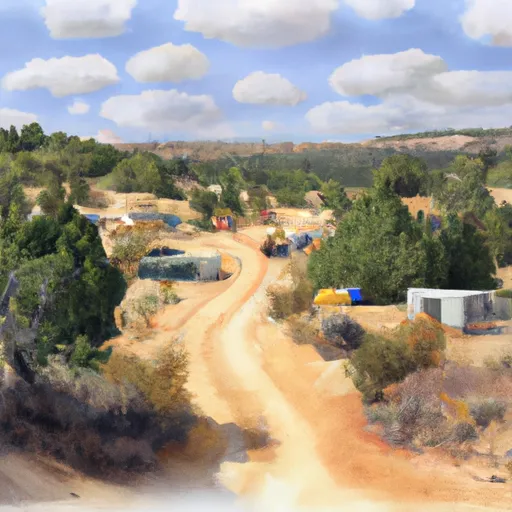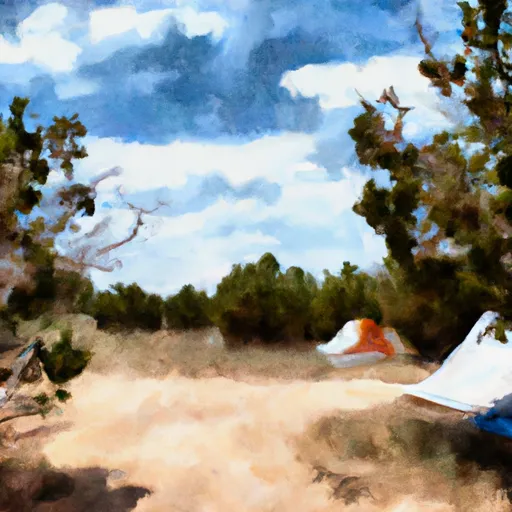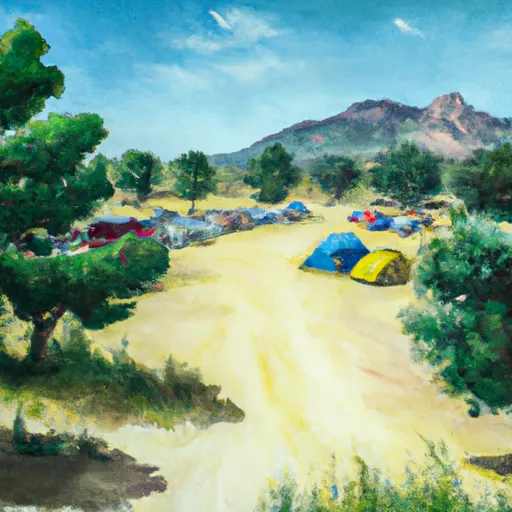Summary
With an elevation of 10,678 feet, it stands tall as one of the highest peaks in New Mexico. Stretching across approximately 17 miles, Sandia Mountain offers a diverse range of mountaineering experiences for outdoor enthusiasts.
During the winter season, Sandia Mountain receives a substantial amount of snowfall, providing excellent opportunities for winter sports such as skiing, snowboarding, and snowshoeing. The snowpack range varies depending on the year, but on average, it can accumulate between 50 to 100 inches of snow. This attracts both locals and tourists alike to engage in thrilling winter activities.
The melting snow from Sandia Mountain contributes to the formation of various creeks and rivers in the surrounding areas. Some notable water bodies that receive runoff from the mountain include the Rio Puerco, Jemez River, and Rio Grande. These water sources play a vital role in the ecosystem, supporting diverse wildlife and providing essential water supply for nearby communities.
The name "Sandia" holds a rich history and interesting legends. The Spanish word "sandía" means watermelon, and the mountain got its name due to the striking red hue it often appears to have during sunsets, resembling the color of a watermelon. Additionally, local Native American tribes have their own folklore surrounding the mountain, attributing it with spiritual significance and tales of supernatural beings residing in its peaks.
Overall, Sandia Mountain is a captivating mountaineering destination in the Intermountain West. Its impressive elevation, size, winter snowpack, and contribution to surrounding water systems make it a truly remarkable natural landmark with a fascinating history and lore.
Weather Forecast
Regional Streamflow Levels
86
Cubic Feet Per Second
36
Cubic Feet Per Second
5
Cubic Feet Per Second
32
Cubic Feet Per Second
Area Campgrounds
| Location | Reservations | Toilets |
|---|---|---|
 Campbell Scout Ranch
Campbell Scout Ranch
|
||
 Coronado State Monument
Coronado State Monument
|
||
 Coronado
Coronado
|
